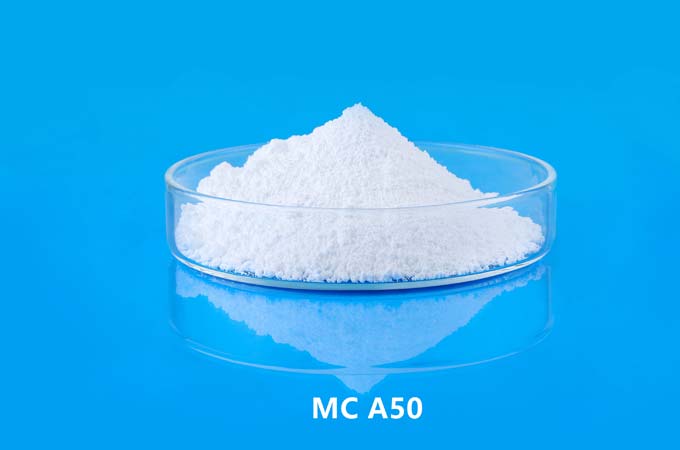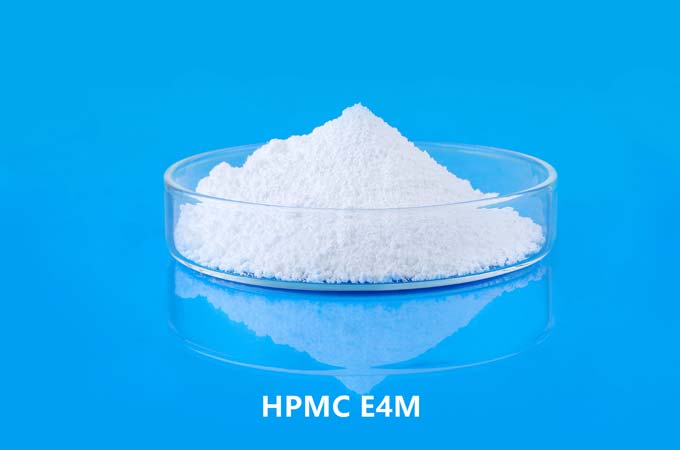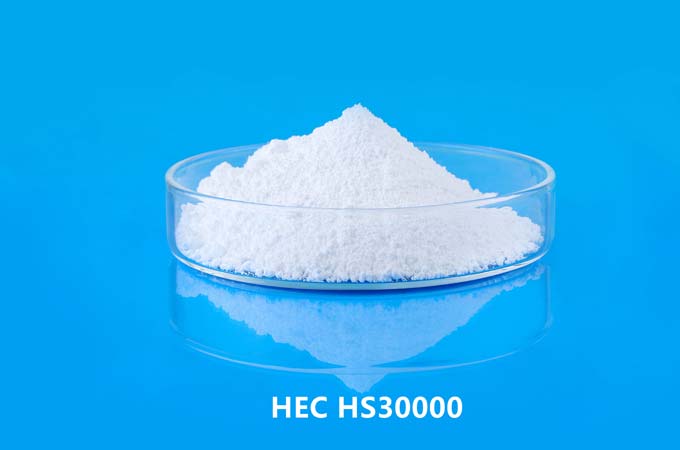Hydroxypropyl Methylcellulose (HPMC) is a crucial component in various industries such as pharmaceuticals, construction, food, cosmetics, and more. It is a versatile polymer derived from cellulose, extensively used for its thickening, stabilizing, binding, and film-forming properties. The manufacturing process of HPMC involves several intricate steps, ensuring consistent quality and desired properties.
Introduction to HPMC:
HPMC is a cellulose ether derived from natural polymer cellulose. It is synthesized by treating cellulose with alkali and chloromethane, followed by propylene oxide. This chemical modification imparts hydroxypropyl and methyl substituents onto the cellulose backbone, resulting in the formation of HPMC.
Raw Materials:
The primary raw material for manufacturing HPMC is cellulose, which can be sourced from various plant-based materials like wood pulp or cotton. Other key raw materials include propylene oxide, methyl chloride, and alkali such as sodium hydroxide.
Manufacturing Process:
The manufacturing process of HPMC involves several steps, including etherification, purification, drying, and packaging. Let's explore each step in detail:
Preparation of Cellulose: The process begins with the preparation of cellulose, which is obtained from natural sources like wood pulp. The cellulose is washed and purified to remove impurities and lignin.
Etherification: In this step, the purified cellulose is treated with a mixture of alkali and chloromethane. The alkali (usually sodium hydroxide) facilitates the deprotonation of cellulose hydroxyl groups, making them more reactive. Chloromethane then introduces methyl groups onto the cellulose backbone, while propylene oxide adds hydroxypropyl groups. This etherification process occurs under controlled conditions of temperature and pressure to achieve the desired degree of substitution (DS) and molecular weight.
Neutralization: After etherification, the reaction mixture is neutralized to remove excess alkali. This is typically achieved by adding acid, such as hydrochloric acid, to neutralize the remaining sodium hydroxide.
Purification: The crude HPMC obtained from the etherification reaction contains impurities such as unreacted starting materials, salts, and other by-products. Purification is essential to remove these impurities and improve the quality of the final product. Purification methods may include washing, filtration, and centrifugation.
Drying: Once purified, the HPMC is dried to remove excess moisture. Drying is typically carried out using hot air or vacuum drying techniques to ensure the product meets the desired moisture content specifications.
Milling and Sieving: The dried HPMC is then milled into a fine powder to achieve the desired particle size distribution. Sieving may also be employed to remove any oversized particles and ensure uniformity.
Packaging: Finally, the milled HPMC powder is packaged into suitable containers, such as bags or drums, for storage and distribution. Proper packaging is essential to protect the product from moisture and contamination.
Quality Control:
Throughout the manufacturing process, rigorous quality control measures are implemented to ensure the consistency, purity, and performance of the HPMC product. Quality control tests may include:
Chemical Analysis: Testing for the degree of substitution (DS), viscosity, moisture content, and other chemical properties.
Physical Properties: Assessing particle size distribution, bulk density, and flow characteristics.
Microbiological Testing: Ensuring the absence of microbial contaminants.
Stability Testing: Evaluating the stability of the product under various storage conditions.
Performance Testing: Assessing the functional properties of HPMC in relevant applications.
Environmental and Safety Considerations:
Manufacturing HPMC involves handling various chemicals and intermediates, which may pose environmental and safety risks if not managed properly. Therefore, manufacturers must adhere to strict environmental regulations and safety protocols to minimize potential hazards. Measures such as waste treatment, emission control, and worker safety training are essential aspects of responsible manufacturing practices.
The manufacturing process of Hydroxypropyl Methylcellulose (HPMC) is a complex yet carefully controlled process that involves chemical modification of cellulose followed by purification, drying, and packaging. With its diverse applications across industries, HPMC plays a crucial role in enhancing product performance and quality. By adhering to stringent quality control measures and environmental regulations, manufacturers ensure that HPMC meets the highest standards of purity, consistency, and safety.
 English
English 日本語
日本語 français
français Deutsch
Deutsch Español
Español italiano
italiano русский
русский português
português العربية
العربية Türkçe
Türkçe Nederland
Nederland



